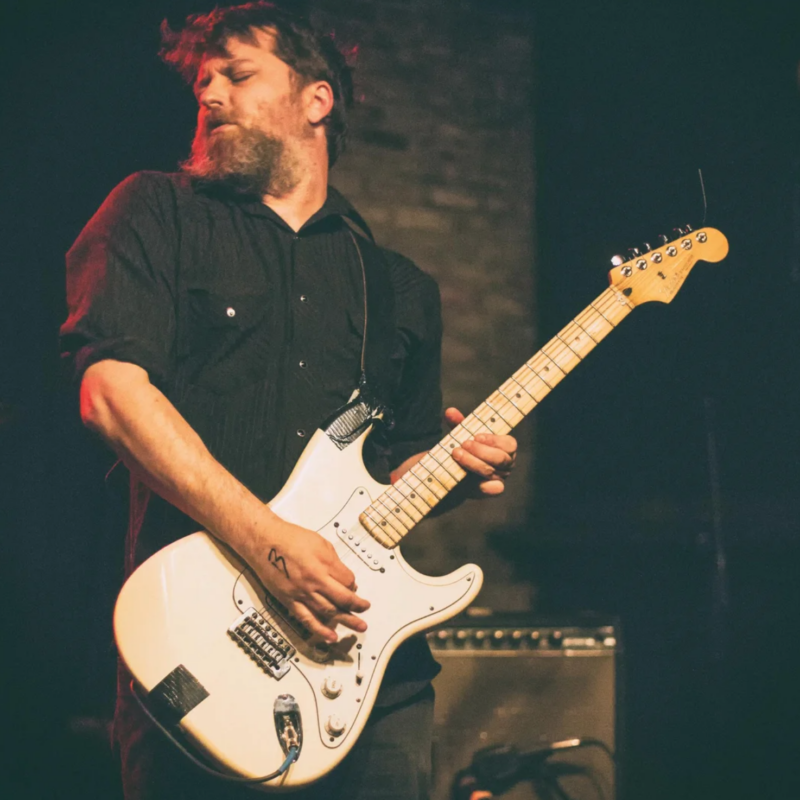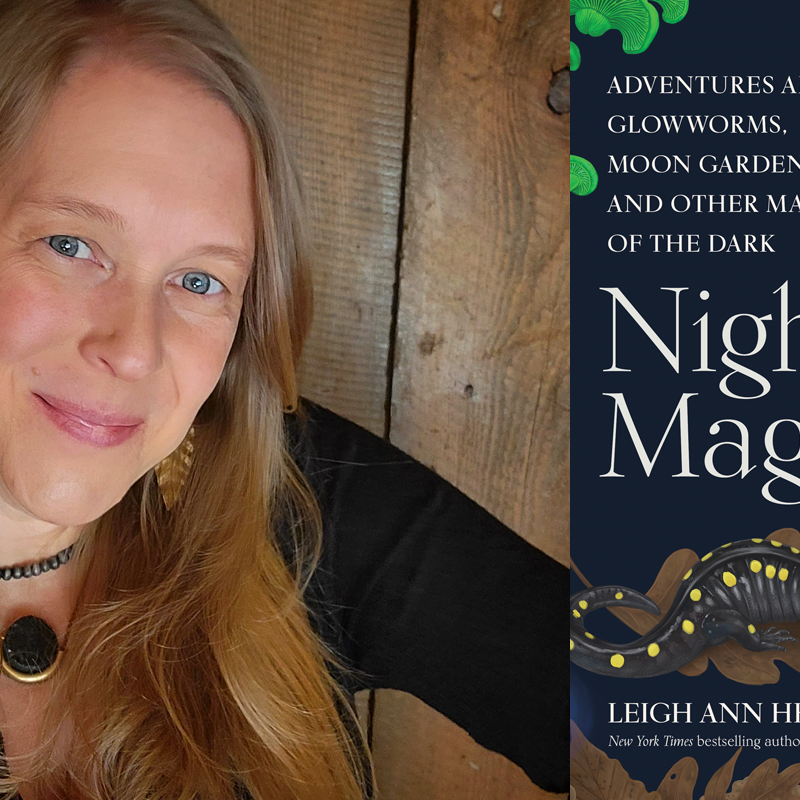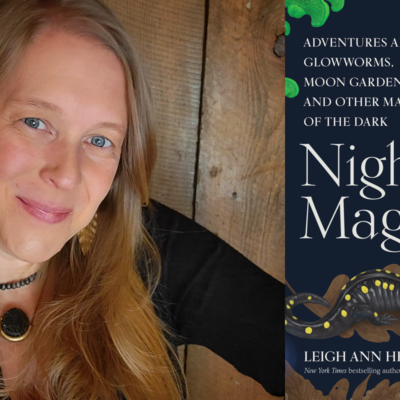In 1932, a group of 21 African-American artists and intellectuals, including Langston Hughes, traveled from Harlem to the Soviet Union. The trip was part of an outreach effort by the Meschrabom-Film studio, which hoped to produce a propagandistic feature film, Black and White, criticizing segregation and racism in the U.S. The intention was to forge solidarity between the stars of the Harlem renaissance and the international Communist cause. Unfortunately, the Soviets proved woefully unfamiliar with the realities of race relations in the U.S., and the project collapsed before film production began.
Given the Stalin regime’s history of brutality and oppression, the attempts to paint the Soviet Union as a harmonious utopia now seem foolhardy in retrospect, but at least one of the visiting Americans found happiness on the trip. Actor Lloyd Patterson remained in Moscow and married a Ukranian designer, Vera Aralova. They had three children, including the acclaimed poet James Patterson.
Despite the failure of Black and White, a film on the topic of race was eventually produced, called Tsirk (Circus), a 1936 drama comedy musical directed by Sergei Eisenstein protégée Grigori Aleksandrov. The narrative loosely parallels the lives of the Pattersons—a white American circus performer faces discrimination in America because of her half-black infant son, but finds acceptance among the people of the USSR, who surround them in the film’s climactic scene and sing a welcoming lullaby to the child, played by a 2-year-old James Patterson.
The story of the Pattersons is an intriguing one, embodying an unlikely meeting between two largely disparate yet contemporaneous cultural and artistic movements. It’s a largely unknown story, and the Fralin Museum’s current exhibition, “In the Shadow of Stalin: The Patterson Family in Painting and Film,” promises an enlightening view of the Pattersons. Unfortunately, the exhibit just scratches the surface of the story, with only a few materials on display.
The original material in the exhibition consists of a photograph of Friends of the Soviet Union’s Harlem chapter en route to Russia, two Soviet realist propaganda lithographs (unrelated to the Pattersons, but provided for context), and a painting of Lloyd Patterson. The portrait—painted by an unknown artist, and discovered rolled up in the back of a Moscow store some years ago—is excellent. The striking elder Patterson’s handsome young features are sharply captured, and on its own it is worth a trip to the Fralin.
The exhibition is supplemented by three explanatory placards, two exceptionally grainy photos of the family, two reproductions of promotional posters for Circus, and a flat screen that plays the climactic lullaby scene from the film—all on display in the small foyer area on the museum’s ground floor. The exhibit comes as something of a surprise, piquing visitors’ interest but failing to satisfy their curiosity, and attendees will inevitably depart with more questions about the Pattersons than they arrived with.
The museum’s excellent upstairs exhibit, a full retrospective of work by painter Émilie Charmy (read the full review here), is a comparatively comprehensive look at an artist and a life outside of the standard art history canon, and the Patterson show could have benefitted from the same thoroughness and rigor. Hopefully, the October 26 symposium on African American Artists and Intellectuals in Soviet Russia, a free event held in Campbell Hall, will answer some of the questions raised by the intriguing but unfulfilling Patterson exhibit (which is on display through December 22).
Smog effect
When Bill Callahan first began releasing music under the name Smog in the early ’90s, the efforts seemed deliberately halfhearted. His non-committal song ideas were defensively shielded in a dense layer of home-recorded hiss and grit. But eventually, small buds of coherence began to blossom. Callahan’s lyrics grew into cryptic, captivating narratives, and more professional recordings gave them space to be heard, fleshed out with drums, backup singers, and cello. The mid-’90s Smog albums were overwhelmingly melancholy, scattered with driving dirges that dealt with topics like depression, disappointment, and addiction in ways that were poetic, mysterious, and darkly funny. A few songs, like the career highlight “Bathysphere,” were instant classics. Callahan became something of an indie-rock darling, dating Cat Power’s Chan Marshall and collaborating with Jim O’Rourke and Royal Trux’s Neil Hagerty.
But guarded, caustic wit and insurmountable melancholy are tough traits to maintain over an extended career, and some time around the turn of the century, Callahan’s mood lightened, his voice deepened, and his music took on a folk-country tinge. He allowed a laid back charm to seep into his music, and though his darkly funny outlook still took center stage, it was often leavened with a sad romanticism and sly humor, exemplified in songs like “Dress Sexy at My Funeral.” Over the past decade, Callahan dropped the Smog pseudonym and used his own name, experiencing something of an artistic renaissance that earned him critical reassessment and a new generation of fans. Today, he’s rightfully viewed as one of indie rock’s best songwriters, alongside peers like Will “Bonnie ‘Prince’ Billy” Oldham and David Berman of The Silver Jews.
Bill Callahan’s most recent album, the fine and admirable Dream River, was released in September on the Drag City label. He will appear at The Jefferson Theater on Tuesday, October 1. The opening acts are the genteel Ned Oldham (brother of Will, member of the local group Old Calf, formerly of Palace Brothers and The Anomoanon), and New Bums—a newly-minted duo consisting of Ben Chasny from Six Organs of Admittance, and Donovan Quinn of the Skygreen Leopards.
Share your thoughts on indie rock’s best songwriters in the comments section below.




